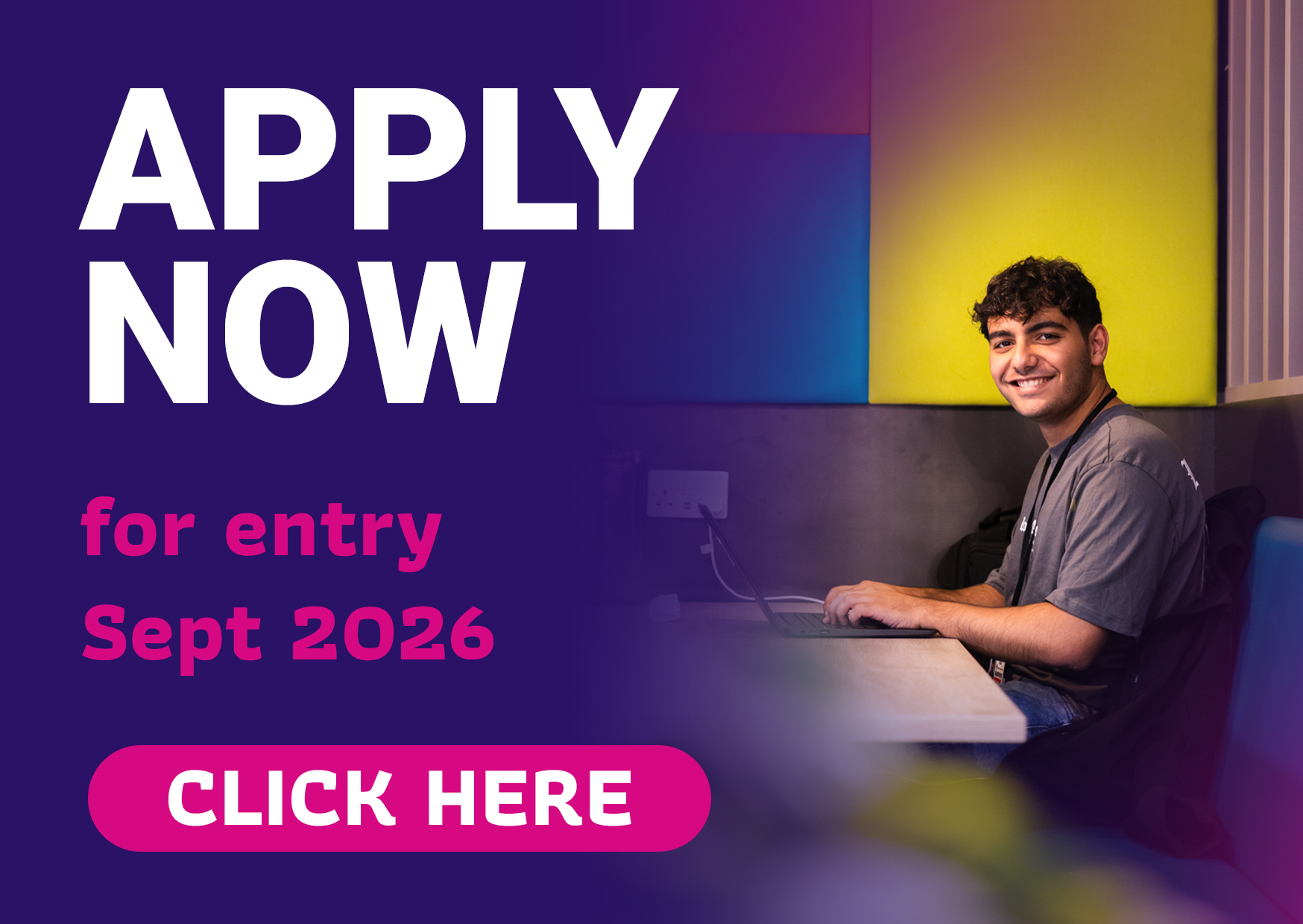Students will learn and be expected to demonstrate skills in the following areas:
Use photographic equipment such as cameras, tripods, lighting, lenses and filters.
Adjust camera settings to suit the intended purpose, including; shutter speed, aperture, depth of field and ISO.
Respond to an issue, theme, concept, idea or work to a brief.
Show an appreciation of the formal elements – viewpoint, composition, line, shape, form, colour, pattern, texture, light and shadow.
Recognise the importance of visual analysis and using contextual sources to deepen subject knowledge and develop personal ideas having studied the work of historical, current and contemporary practitioners.
Image enhancement and manipulation using Photoshop and Lightroom.
Consider layout and presentation when working online and in print.
All practical workshops are designed to equip students with the necessary skills, knowledge and understanding to inform their pathway for Component 1.
Component 1: Personal Investigation (60% of the A Level) Students present an individual project based on a personal idea or genre which can be presented in a portfolio and includes written work of 1000 to 3000 words which supports practical work.
Component 2: Externally Set Assignment (40% of the A Level) Students respond to a stimulus issued by Eduqas and a body of work is produced on one of the visual or written briefs. The finished outcome or series of outcomes are created during a 15 hour period of supervised time. Students will have the opportunity to work in one or more of the following areas:
- Portraiture
- Landscape photography
- Still life photography
- Documentary/photojournalism
- Fashion photography
- Experimental imagery
- Photographic installation
- Moving image
(Exam board: WJEC Eduqas)
(Specification code: A656QS)



